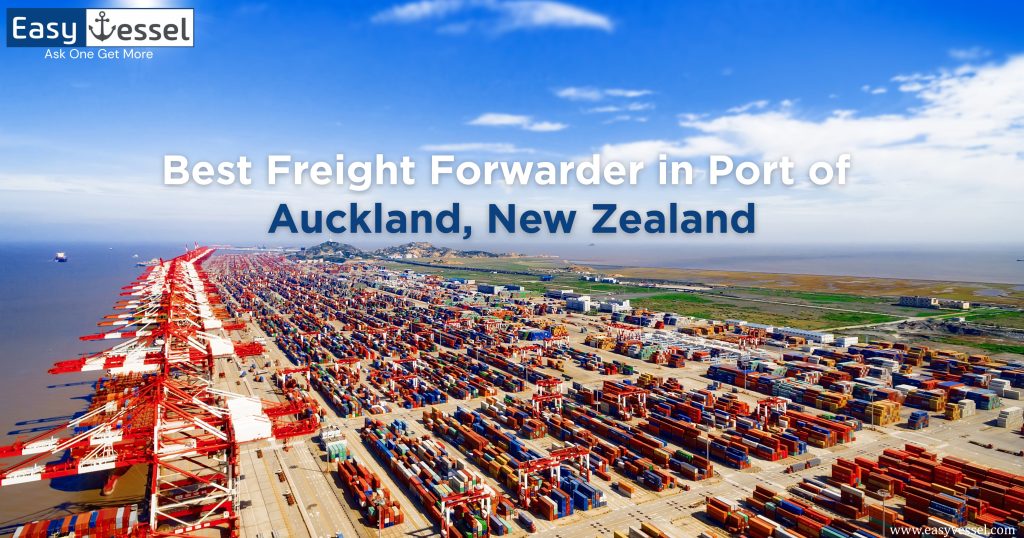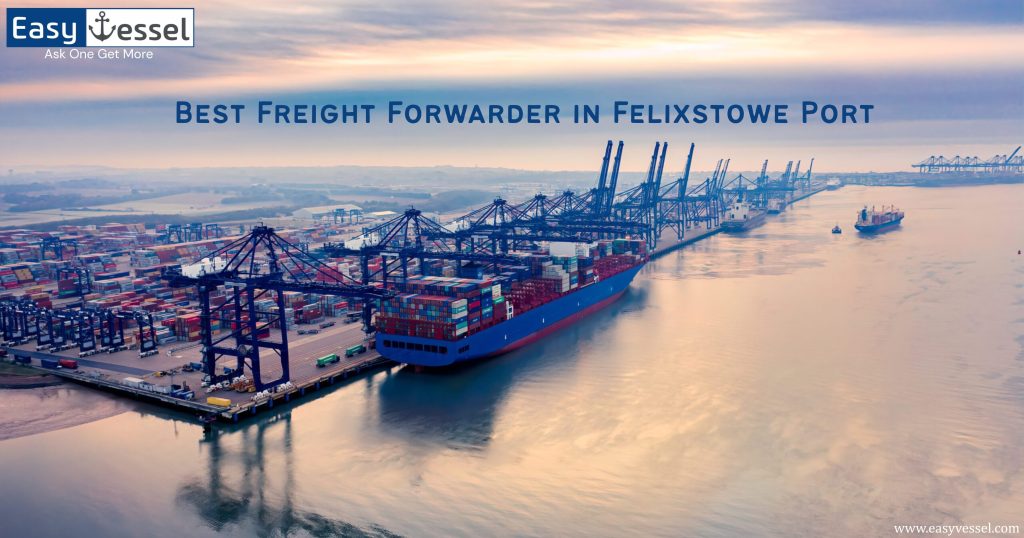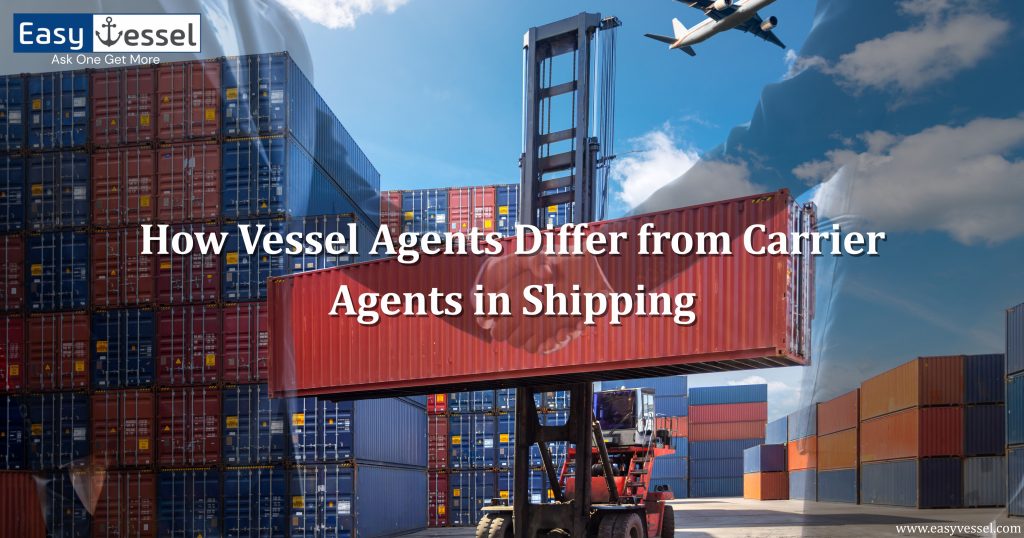In global commerce, freight management is not just about moving goods from one place to another—it’s about efficiency, visibility, and customer satisfaction. As businesses expand across borders, the demand for smarter, faster, and more transparent logistics services is higher. One key innovation making this transformation possible is real-time tracking.
Let’s dive deep into how real-time tracking revolutionizes freight management and why businesses—both large and small—are quickly adopting this technology to streamline operations and gain a competitive edge.
What is Real-Time Tracking in Freight Management?
Real-time tracking refers to monitoring the location and status of goods in transit at any moment. Logistics service providers can offer up-to-the-minute shipment updates using GPS, RFID, IoT sensors, and cloud-based platforms—whether travelling by sea, air, road, or rail.
Traditionally, freight updates were limited to checkpoints—like when cargo left the warehouse or arrived at a port. These updates were delayed, often unclear, and left too much room for errors and uncertainty. Real-time tracking has flipped the script, giving businesses and customers visibility into every stage of the shipping process.
The Growing Importance of Visibility in Supply Chains
Modern supply chains are incredibly complex. Delays in one part of the world can ripple across continents. That’s why freight management today isn’t just about transportation—it’s about risk management, performance tracking, and proactive decision-making.
Visibility across the supply chain helps logistics teams to:
- Plan routes better
- Anticipate disruptions
- Communicate accurately with clients
- Maintain transparency with stakeholders
Real-time tracking provides the foundation for this visibility, giving logistics managers the data they need to keep operations running smoothly.
Benefits of Real-Time Tracking in Freight Management
Let’s explore how real-time tracking is reshaping freight management for the better.
1. Improved Operational Efficiency
When freight forwarders can monitor shipments in real-time, they can make smarter operational decisions. For example, if a delay occurs due to weather or traffic, they can reroute cargo, update delivery schedules, or inform the customer promptly.
This agility reduces downtime, eliminates guesswork, and enables faster problem-solving. Additionally, teams can better coordinate with warehousing and distribution units to minimize storage time and optimize resource utilization.
Real-time tracking also helps anticipate demand and prepare the supply chain, making logistics smoother and more predictable.
2. Enhanced Customer Satisfaction
Today’s customers expect visibility and control. Whether it’s a retail chain awaiting stock or a manufacturer receiving raw materials, delays can be costly.
With real-time tracking, businesses can provide accurate delivery estimates, send automatic notifications, and quickly respond to inquiries. This level of transparency builds trust and enhances customer experience—a key differentiator in a competitive market.
It also allows businesses to offer flexible delivery options, such as just-in-time scheduling or time-slot-based deliveries. Ultimately, satisfied customers are more likely to return and recommend the service, which boosts long-term growth.
3. Risk Reduction and Better Decision-Making
Unforeseen events—such as port congestion, strikes, or political unrest—can disrupt freight schedules. Real-time tracking allows companies to assess such risks and quickly adapt their logistics strategies.
By accessing real-time data, logistics managers can:
- Identify bottlenecks
- Spot irregularities
- Optimize delivery routes
- Make informed decisions under pressure
This proactive approach significantly reduces financial and reputational risk. Moreover, real-time alerts ensure quick interventions in case of compliance issues, damaged goods, or shipment misrouted. Such foresight saves money and protects the company’s brand image and client relationships.
4. Reduced Theft and Cargo Loss
Cargo theft is a significant issue in freight logistics. Real-time tracking, especially when combined with geofencing and sensor alerts, helps prevent unauthorized route deviations or suspicious activity.
Logistics teams receive instant alerts when a shipment enters or exits a designated area, helping to secure high-value goods and improve accountability across the supply chain. The presence of tracking systems itself acts as a deterrent to theft and unauthorized access.
Detailed movement logs can also assist in investigations, insurance claims, and identifying weak points in security protocols.
5. Accurate Performance Metrics and Reporting
Freight management isn’t just about moving shipments—it’s about continuously improving the process. Real-time tracking systems generate detailed reports on transit times, delays, carrier performance, etc.
These insights enable logistics teams to refine their strategies, negotiate better deals with carriers, and identify areas for improvement. They also help benchmark performance and set measurable KPIs for future operations.
Businesses can forecast demand, reduce unnecessary costs, and make data-backed logistics decisions by analyzing historical data trends.
Why Freight Forwarders are Adopting Real-Time Tracking
As a freight forwarder, staying competitive means offering more than just affordable rates—you need to deliver value. Real-time tracking enables freight forwarders to:
- Build customer confidence
- Stand out in a crowded market.
- Provide premium logistics services.
- Reduce internal inefficiencies
- Maintain regulatory compliance
Freight forwarders who embrace real-time visibility are no longer reactive—they become strategic partners in their clients’ supply chains.
Real-Time Tracking in Multi-Modal Logistics
Modern freight management involves multi-modal transportation—cargo moves via ships, trucks, and trains. Real-time tracking makes monitoring shipments across all modes possible, ensuring a seamless end-to-end view of the journey.
This is especially critical for global businesses with complex distribution networks. From customs clearance delays to port operations, real-time data keeps everything connected.
Challenges to Implementing Real-Time Tracking (And How to Overcome Them)
While the benefits of real-time tracking are clear, some businesses hesitate due to perceived barriers such as:
- High costs of technology adoption
- Integration with existing systems
- Data privacy concerns
However, most of these challenges are being addressed by modern logistics service providers who offer cloud-based, user-friendly platforms that require minimal setup.
Many providers now offer real-time tracking as part of their standard service package—making it accessible even to small and mid-sized businesses.
The Future of Freight Management is Data-Driven
Integrating real-time tracking into freight logistics is part of a larger shift toward data-driven freight management. As supply chains become more digitized, businesses will rely heavily on real-time insights to:
- Forecast demand
- Automate decision-making
- Manage carbon emissions
- Optimize inventory and storage
Soon, AI and machine learning will take real-time data a step further—offering predictive analytics to anticipate problems before they occur.
Choose the Right Logistics Service Provider
If your business depends on global shipping, choosing the right logistics service provider is more important than ever. You need a partner offering competitive freight rates and complete visibility, reliability, and support.
Why Easyvessel is the Smarter Choice
When it comes to simplifying freight logistics, Easyvessel stands out as a trusted name in the industry.
Here’s why:
- Connects You with Multiple Freight Forwarders: Get the best freight rates and choose the most suitable carrier for your needs.
- User-Friendly Platform: Easy-to-use interface that lets you compare rates, book shipments, and manage logistics all in one place.
- Reliable Customer Support: A dedicated team ready to assist you every step of the way.
Whether you’re an importer or exporter, Easyvessel makes freight management smoother, brighter, and more transparent.
Conclusion
In today’s fast-paced trade environment, real-time tracking is no longer a luxury—it’s a necessity. It empowers businesses with the visibility and agility they need to succeed. From improved customer satisfaction to better risk management, the benefits are undeniable.
To make the most of this technology, partner with a logistics service provider built for the future.
Reference:
Real-time locating system by Wikipedia[1].
Frequently Asked Questions
Real-time fleet tracking uses GPS and telematics to monitor vehicles like trucks or ships. It helps logistics services manage routes, reduce delays, and improve efficiency. This is key to streamlining freight management and offering faster responses to issues for any logistics service provider.
Real-time fleet tracking uses GPS and telematics to monitor vehicles like trucks or ships. It helps logistics services manage routes, reduce delays, and improve efficiency. This is key to streamlining freight management and offering faster responses to issues for any logistics service provider.
You can track your ship using online platforms that rely on AIS tracking. These systems show real-time ship location, speed, and route. Many freight forwarders offer this feature to improve transparency in freight management.
AIS tracking (Automatic Identification System) provides real-time data on a vessel’s movements. Logistics service providers use it to manage marine traffic and monitor shipments. It’s a vital tool in freight management for ocean-based cargo tracking.
ETA (Estimated Arrival Time) is the predicted time a ship reaches its port. With real-time tracking and AIS data, freight forwarders and logistics providers can give accurate ETAs, helping improve planning and delivery in freight management.


